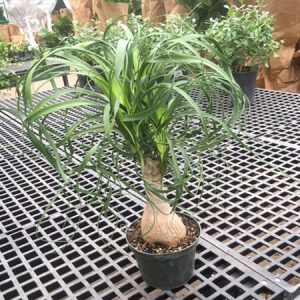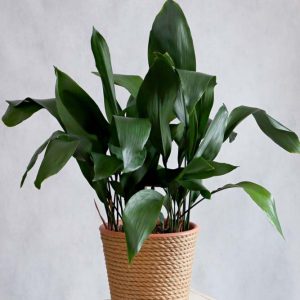Description
Abelia –
Named after a British physician Dr. Clarke Abel. This genus contains 30 species ornamental evergreen and deciduous shrubs. This genus belongs to Caprifoliaceae or honeysuckle family. Found in Northern Hemisphere, from eastern Asia to Mexico.
These plants usually have glossy opposite leaves and funnel form or tubular flowers usually white or pinkish sometimes with orange blotches, some also have reddish sepals, which add to their ornamental appeal.
Can be individual planted or as a hedge. Abelia’s thrive in any well-drained and moderately fertile soil, either sun or slight shade. Abelia’s are moderately frost hardy, so sheltered away from cold/drying winds. Best pruned in late fall, cut flowering branches and some older growth to ground, keep arching habit.
Prone to anthracnose, leaf spots, powdery mildew, and fungal root rots occur.
A. triflora-Derives from the Himalayas and was introduced into cultivation in 1847. Semi evergreen shrub or small tree will grow to about 15 feet tall and 10 feet across. The leaves are narrower then other species. The small flowers are quite fragrant, pink-tinged white and tubular and are borne in clusters
Zones 8-10





